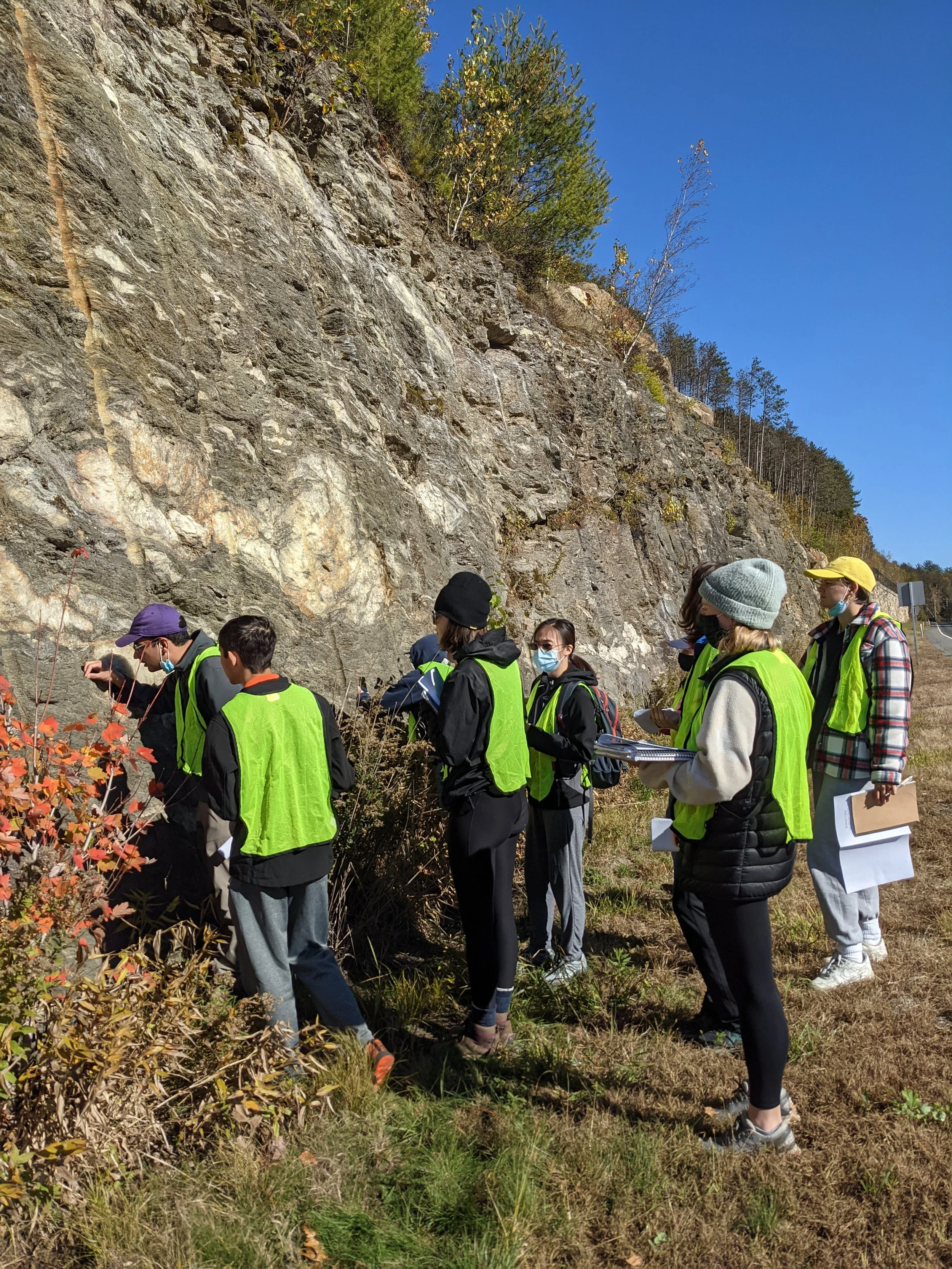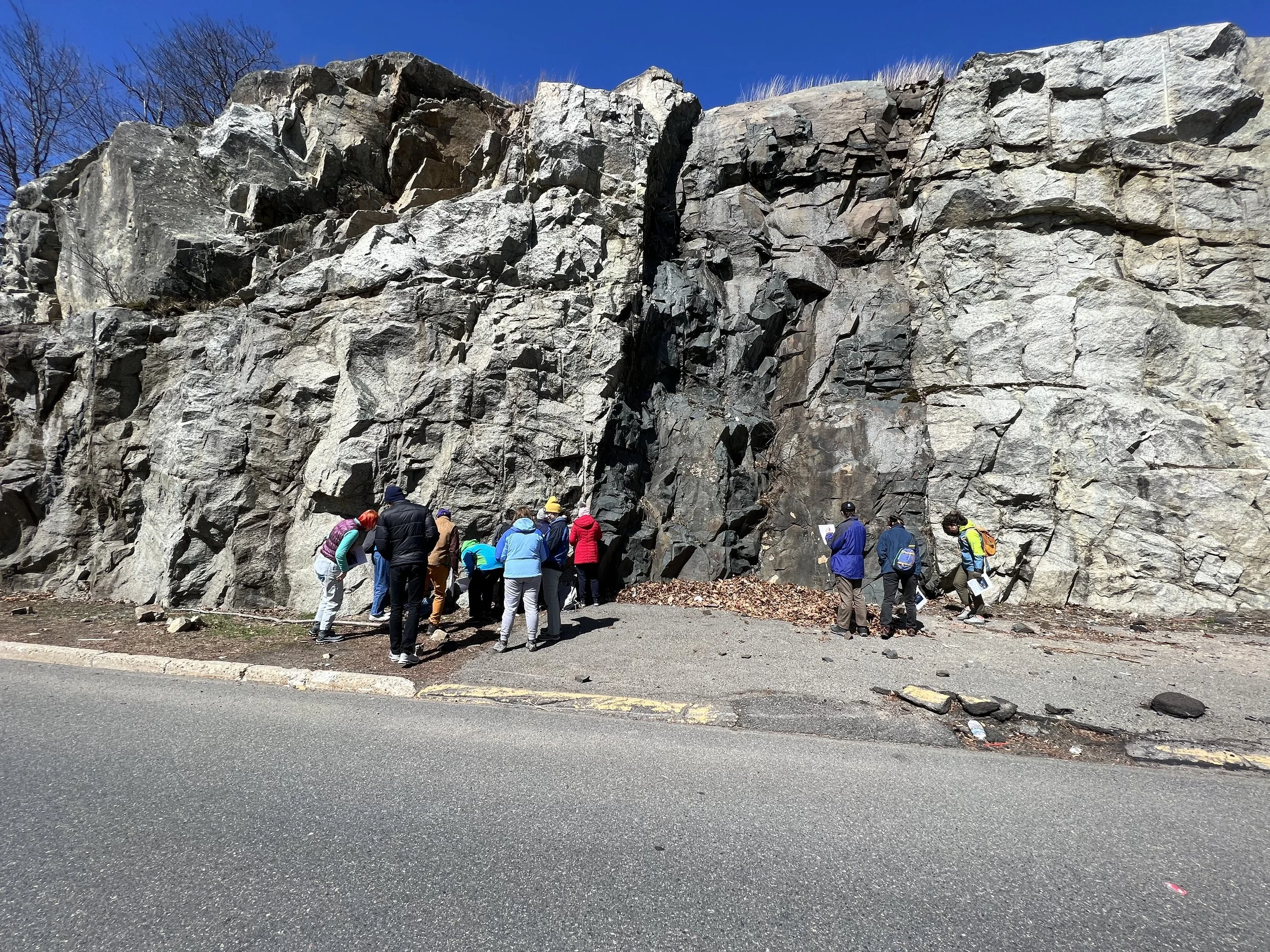
Teaching
GEOS 102: The Dynamic Earth
The Earth is a dynamic planet where change is driven by processes that operate within its interior and on its surface. In this course we study these processes as well as interactions between the solid earth, the hydrosphere, the atmosphere, and the biosphere that together produce the environment we live in and influence our daily lives. Topics covered include the origin and history of the Earth, plate tectonics, deep time, the materials that make up the solid earth, the distribution of earthquakes and volcanoes, hydrology, landscape evolution, and global climate. Hands-on work in class and laboratory sessions, along with project work, and local field trips, provide opportunities to develop deeper learning of key concepts and to hone observational and analytical skills.
GEOS 203: Earth Materials
This course provides those interested in any aspect of the Earth Sciences with the base necessary to understand the physical and chemical properties of Earth Materials (e.g. minerals and rocks). The primary focus of this course is to understand the concept of optical and chemical mineralogy in the broad context of the geosciences, but the environmental and human health applications of Earth Materials will also be explored. Our primary tools will be field and hand sample observations, petrographic analysis of minerals in thin section, and x-ray and electron beam based analytical techniques.
GEOS 317: Tectonic History of New England, An Igneous and Metamorphic Perspective
The metamorphic and igneous rocks that underlie much of New England record a complicated history of mountain building, subduction, and failed rifting dating back to at least 1.2 Ga. This course will explore this history from the earliest orogeny to the assembly and destruction of Pangea. To guide our exploration, we’ll focus on three key questions:
1. How and why do igneous and metamorphic rocks form, and how are these processes related to plate tectonics?
2. How can we use the geochemistry and structural geology of igneous and metamorphic rocks to reconstruct past tectonic events?
3. How are stable cratons formed and why do they remain stable?
GEOS 318: Tectonics and Structural Geology
This course is an overview of the relationship between plate tectonics and rock deformation. Students will explore and discover the descriptive, kinematic and dynamic analysis of deformed rocks and the theoretical treatment of stress and strain, rock rheology and other factors that control deformation. Classroom learning will be supplemented by mandatory field trips that emphasize fundamental field methods, such as measuring and mapping rock units and geologic structures.




